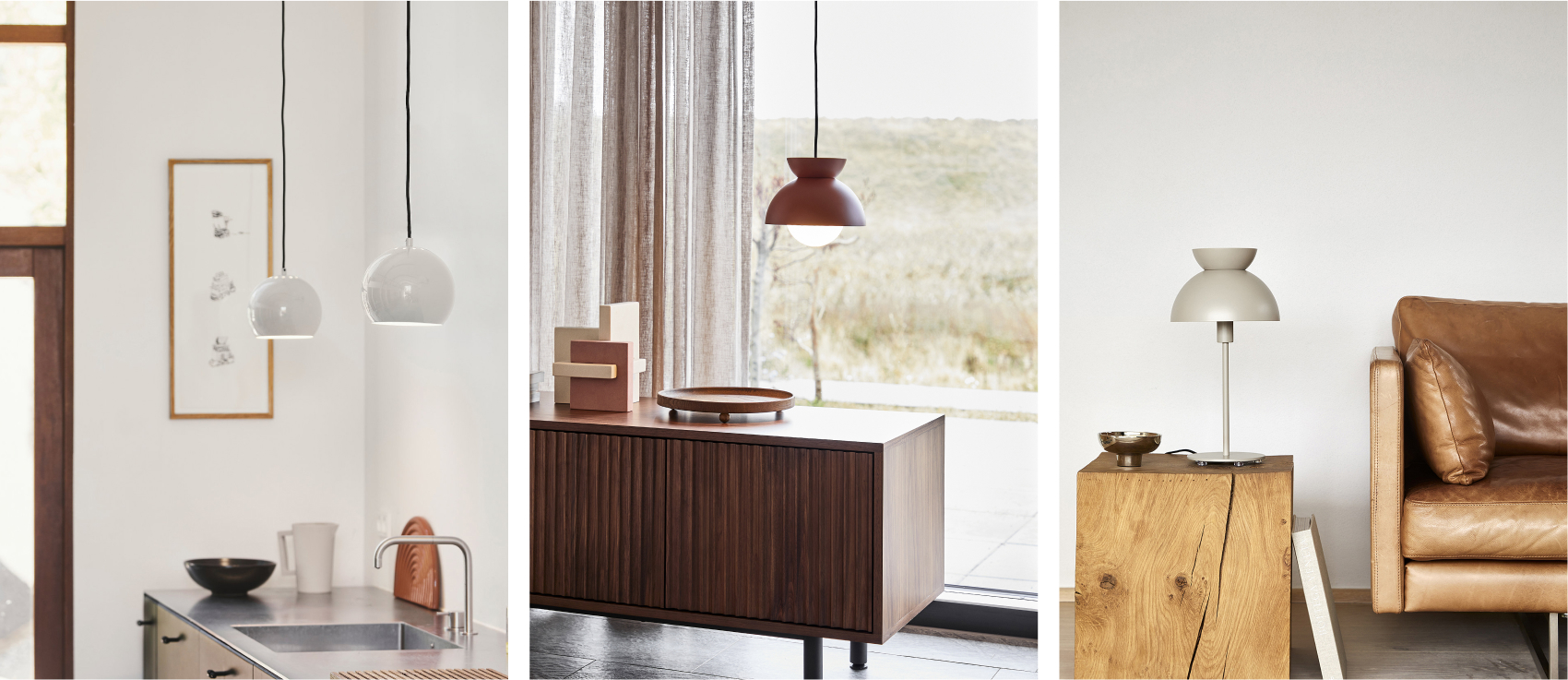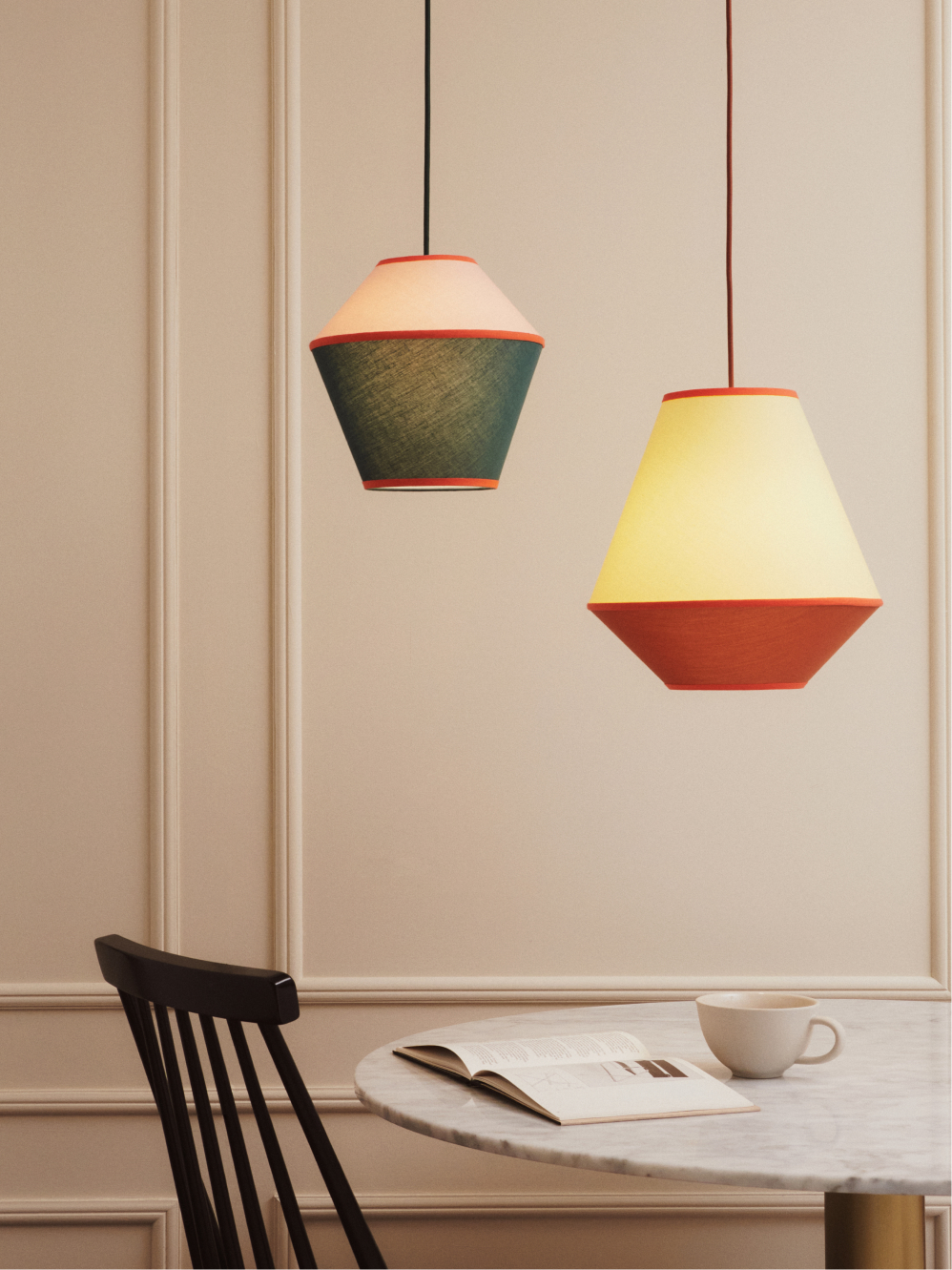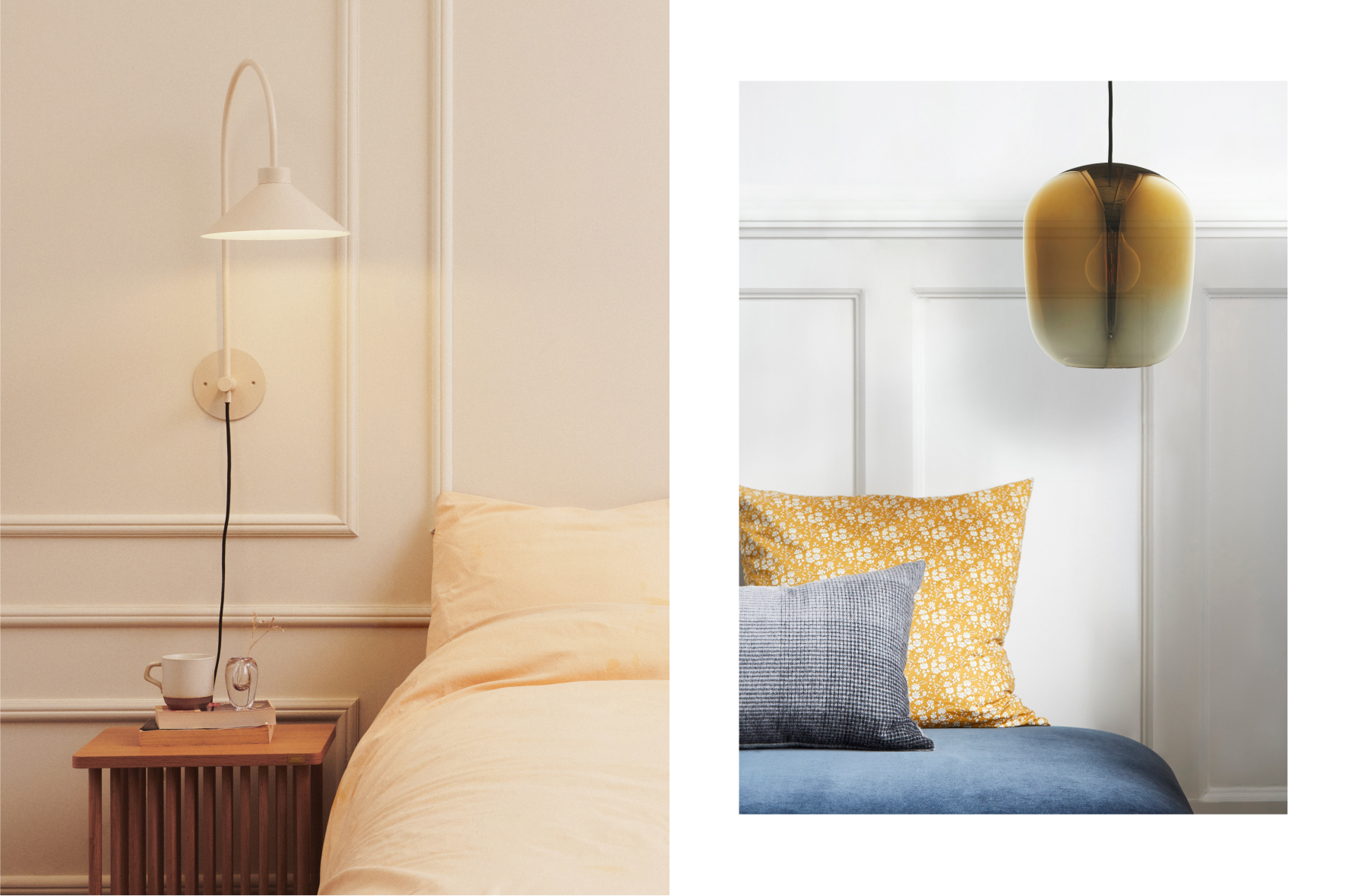
Lighting is the most important part of interior design and a key design feature of a room so it shouldn’t be overlooked. A well-lit room is a work of art, and good design is about including multiple points of illumination. Here are the six things you need to consider before buying a light.

If you are starting from scratch or redecorating a room create a lighting plan that tackles the essentials. This means thinking about what activities will take place in the room, eating, relaxing, working, the key features of the room you want to highlight and what architectural boundaries you may need to consider. You also need to think about the style, scale, and output and even colour temperature of lights before you rush out and buy.
Use lighting to make the most of the room size and shape. For example, up lighting will make a room feel larger and low hung pendants will create an illusion of height. Clusters of lighting make large rooms seem cosier, table lamps will add atmosphere as well as colour and texture and patterned fabric shades will diffuse light out at the sides whereas solid metal shades will force it either up or down. So, take a layered approach to lighting with different light sources across different levels to create ambiance and interest in a room.
Shop Selected Items
Think about what tasks you will be undertaking in each room. Cooking requires more concentrated lighting therefore a combination of bright down lights and recess lighting in cabinets and above the cooker is useful. For reading, flexible, and directional lighting aimed away from you is necessary. Consider a pendant light for its sculptural qualities in a living room. It needs to look good on as well as off.
You can use lighting to subtly or not subtly bring focus to a feature wall, architectural element, art or even possessions. Wall mounted lights arranged on either side of a mirror above a fireplace will add warmth and elegance to a room. A stand lamp in the corner of a room to the side of a bookcase will not only highlight but add a bit of drama to a room.
Shop Selected Items
You need to consider what bulbs to use when planning your lighting. Think about how bright you want your space to be. Should energy efficiency be considered for more frequently used lights? What atmosphere are you trying to achieve (colour temperature e.g., lower temperature is more like candlelight, while higher temps are more akin to a blue sky outside). Are you trying to make a design or focal statement with scale, shape or colours? This shouldn’t be an afterthought as its more important than you think.
Keep theme, colour schemes and material finishes consistent throughout your home especially when it comes to lighting. Too many different styles can be confusing on the eye and will cause uneasiness. Neutral or lighter tones will open a space and make it appear larger, statement pops of colour through lampshades will add interest, while darker hues add a touch of luxury and cosiness. Keep it simple and consistent.
Shop Lighting